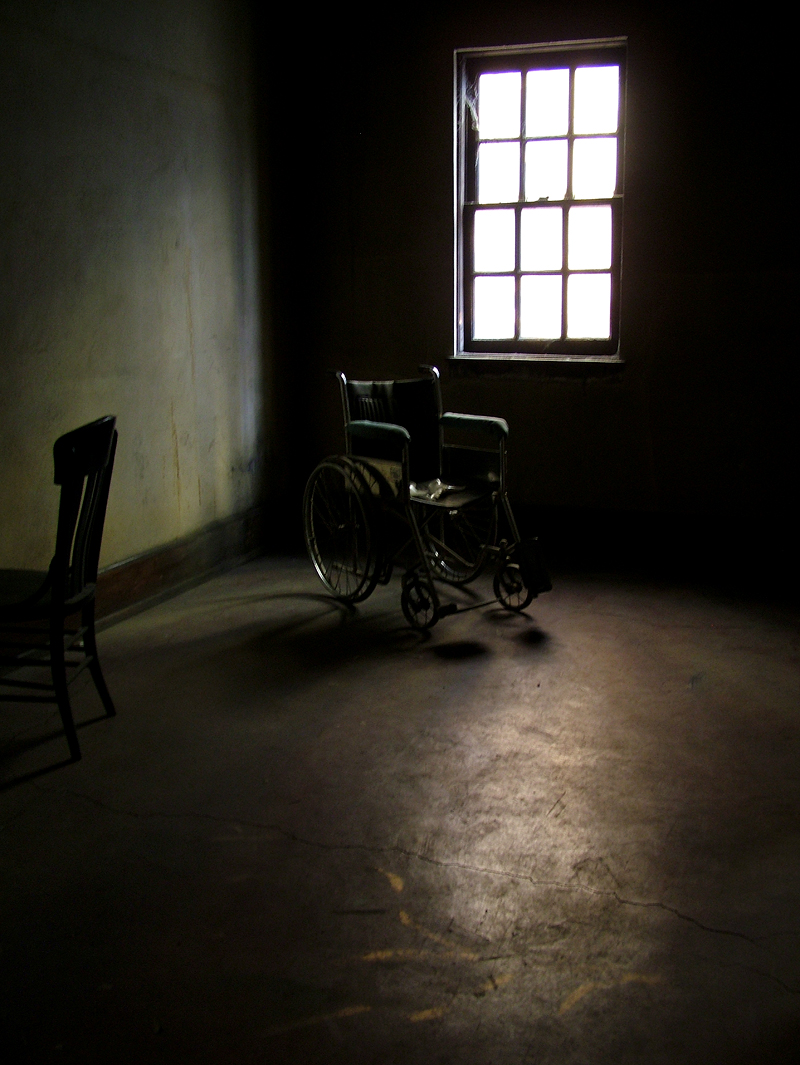It’s done. The draft of Belladonna is finished and in the hands of its first beta-reader. Luckily for me, I get to share it with one of the talented writers I met earlier this year at the Djerassi Writers’ Residence. Susan was my first choice of beta reader not only because she gave meaningful and thoughtful critiques on the piece I took to the workshop there, but because we had discussed Belladonna on a hike around the property, and that talk got me over a huge hurdle I’d been struggling with for months prior. Needless to say, I was both relieved and happy when she agreed to read it.
Tag: the eidolon cycle
My participation in the My Writing Process Blog Tour is thanks to Djerassi YA Workshop pal, Susan Crispell, who writes magical realism for both young adults and the adult market. Her book, Love and Cupcakes came out in January this year from Swoon Romance, and I had the pleasure of reading and critiquing the opening her very recently completed new YA novel, How to Take a Life. I loved what I read of her work, and am sure the new book is destined for big things. I also have to thank Susan for tagging me in this tour, because my blog has been sadly neglected since my return from Djerassi, and it’s high time I got back to it.
This particular blog tour is a really good way to find out about new authors and their books; you can follow the blog tour on Twitter via the #mywritingprocess hashtag.
And now for my answers to the questions…
A couple of times a year, Oslo’s Litteraturhuset (House of Literature) holds an open mic night for new writers of all kinds to come and share their work. Last week, I participated for the first time, reading the opening of my novel, Amaranth. I was lucky enough to have an entourage with me (fellow members of the Oslo International Writers’ Group) who not only cheered me on, but offered to take a video of my reading as well. Here is the result:
I was proud to participate in such a fun evening, and to receive such great support, not only from my friends, but from all who listened. The other participants read poetry, stories and novel fragments in both Norwegian and English, and were impressive in their range, skill and enthusiasm. Some were funny, others dramatic, but all were heartfelt and brave. I look forward to the next one in September.
At the end of 2012 I began the third book in The Eidolon Cycle, and already I know this will be the most challenging of the three. The story spans one hundred years, beginning in the late nineteenth century, and follows the origins, life and death of one of the secondary characters in Amaranth and Sweet Alyssum; Sabine. Titled Bella Donna, the story will explore how Sabine came to be the twisted creature readers will know from the first two stories or, if this is the first title read, it will introduce the saga from its earliest point.
There are always challenges when writing historical fiction, but I have not made even that part of it easy for myself; the principal location – the city of Lennox – will need to have its own believable history, even though no one really knows in which country it lies. Not only that, but the rules of the eidolon world are already set out in the first two books, even though they are set chronologically later than this story, so there are defined rules within which I need to work.
Then Sabine herself is a challenge; she is an unsympathetic character in the other books – dark, moody, callous and twisted – and to write her in the first person without alienating readers will take time and care. Knowing her as well as I do, I have that sympathy already, but can I get it across to my readers? Enough so that if they happen to read this book first, they will remain loyal to her through the other books? That is the goal I have set myself, and I accept it with relish. Why make it easy?
I am already fascinated with the research I have done so far, and it would be easy to get lost in that without writing a word. The history of our treatment of people suffering from neurological and psychological diseases is disturbing, particularly in regards to women. It is this very treatment, or mistreatment, in institutions around the world, still spoken about in whispers, that forms the backdrop for Bella Donna and Sabine.







